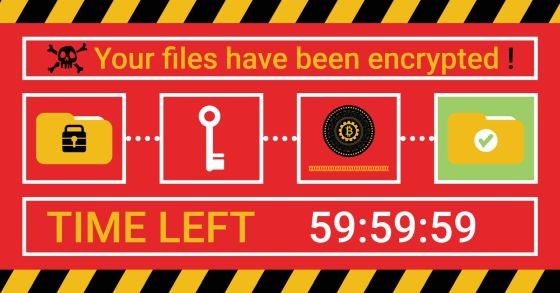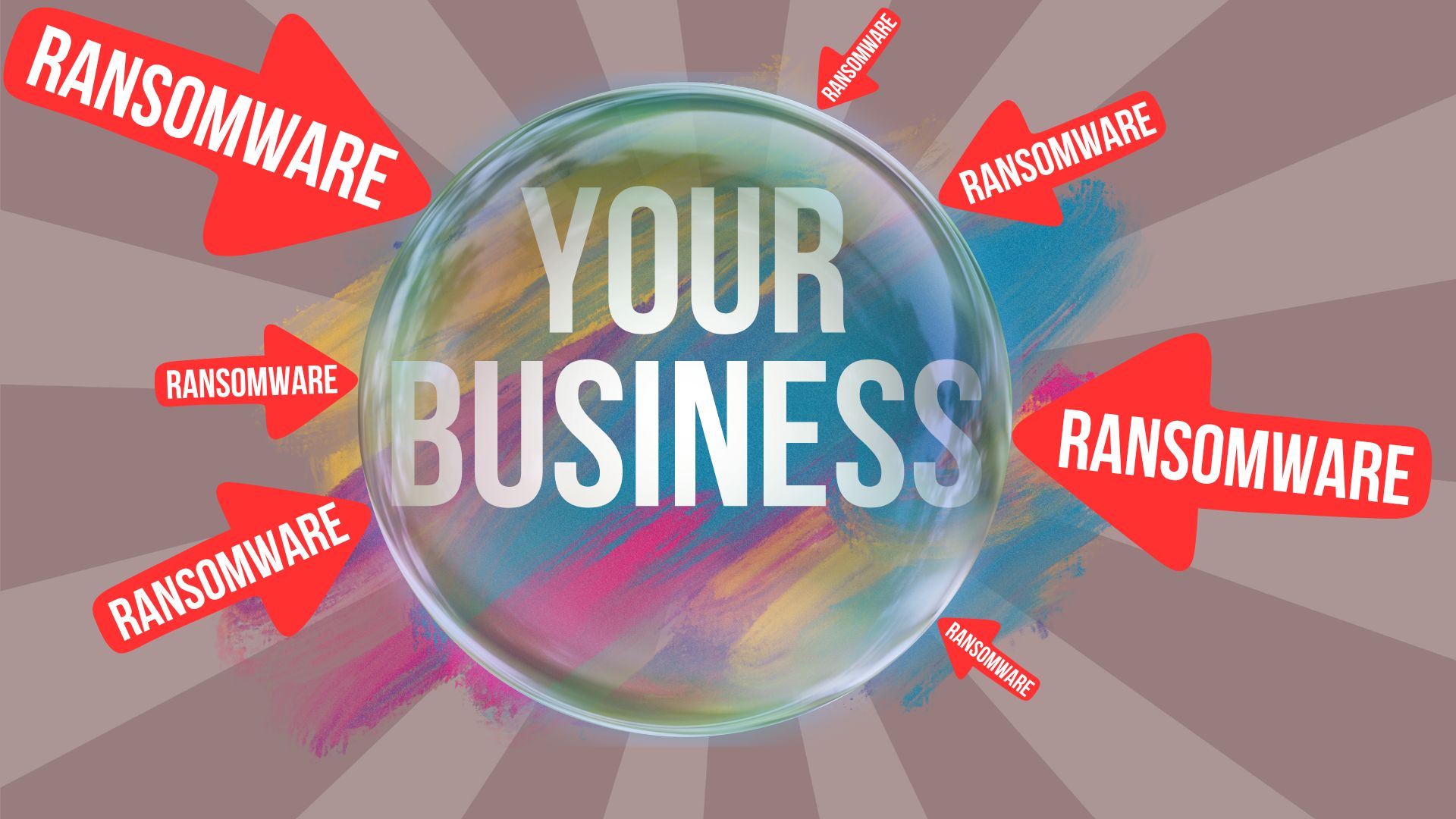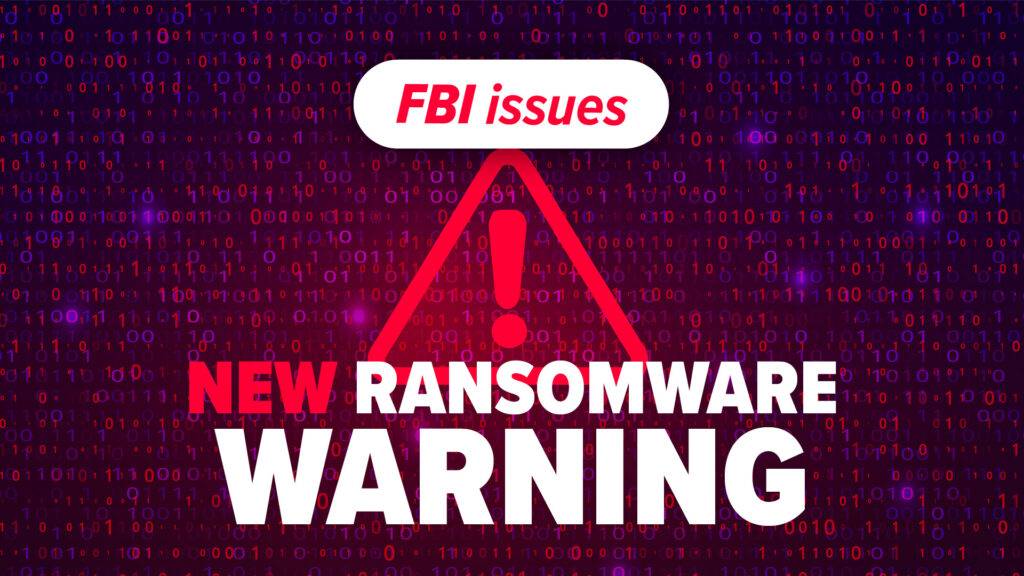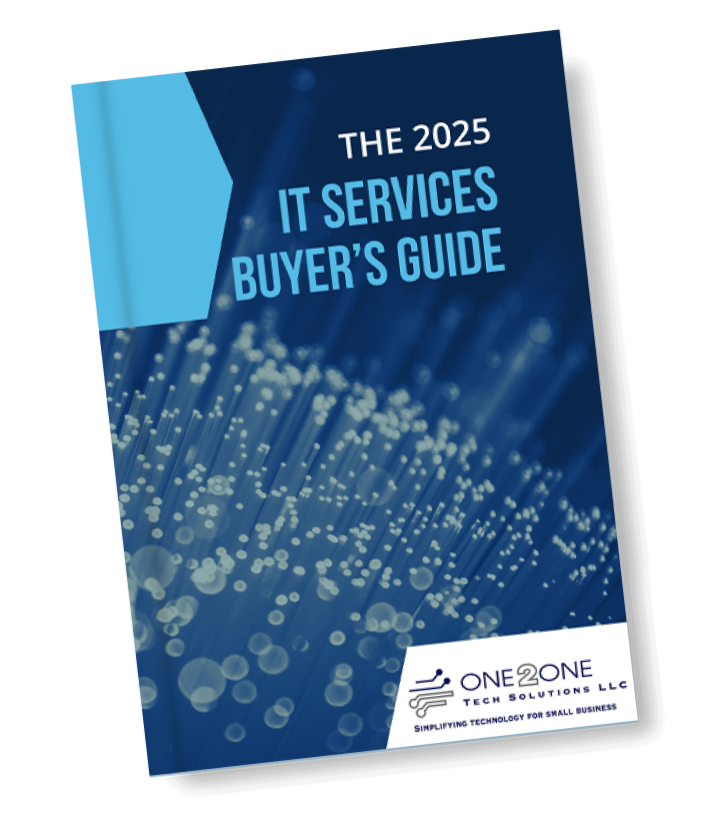Imagine this: You wake up one morning, turn on your computer, and all your vital files—customer data, financial records—are locked up tight!
Suddenly, a terrifying message pops up, demanding a ransom fee to unlock them.
That’s ransomware for you. This malicious software hijacks your data and holds it hostage. It often starts with an innocent-looking email or link. You might receive an email that appears legitimate, urging you to click on a link or open an attachment.
This is a phishing email, where the sender seems genuine but is actually a cybercriminal. Once you click, the malicious software stealthily installs itself on your system. From there, the cyber criminals get to work.

They encrypt your files, rendering them inaccessible. Then comes the dreaded ransom note, demanding payment in exchange for a decryption key. Paying the ransom is a risky move, with no guarantee you’ll get your data back, and it encourages more attacks.
2023 was a particularly disastrous year for ransomware, with attacks skyrocketing after a two-year decline. A report highlighted a massive increase in ransomware incidents, breaking a six-year record.
One culprit behind this spike is Ransomware-as-a-Service (RaaS). This model allows cybercriminals to “rent” ransomware tools, making it easier than ever to launch attacks. Consequently, more businesses are being listed on data leak sites, with a staggering 75% increase in victims between 2022 and 2023.
Ouch.
And it gets worse. Attackers are getting smarter. They’re developing new ransomware variants, sharing resources, and using legitimate tools for malicious purposes.
They’re also working faster, often deploying ransomware within 48 hours of gaining access to a network. They strike during off-hours, like when you’re asleep, to minimize detection.

If your business falls victim to a ransomware attack, the consequences can be devastating. You could face significant financial losses, not just from the ransom but also from downtime and recovery costs.
There’s also the risk of losing critical data if you can’t decrypt your files. Your reputation could suffer if customers learn their information was compromised. And your business operations could be severely disrupted, impacting your ability to serve clients.
So, how can you protect your business from this growing threat?
- Educate your team: Ensure everyone knows how to spot phishing emails and avoid suspicious links and attachments.
- Regularly back up critical data: Securely store backups offline.
- Keep software and systems updated: Install the latest security patches and invest in robust security tools.
- Limit data access: Only grant employees access to information necessary for their jobs.
- Monitor your network: Watch for unusual activity and have a rapid response plan in place.
If you do get hit by a ransomware attack, don’t panic. Work with cybersecurity experts (like us) to resolve the issue.
Remember, it’s best not to pay the ransom, as it only fuels the cyber criminals’ activities. Stay vigilant, stay prepared, and keep your data safe!







